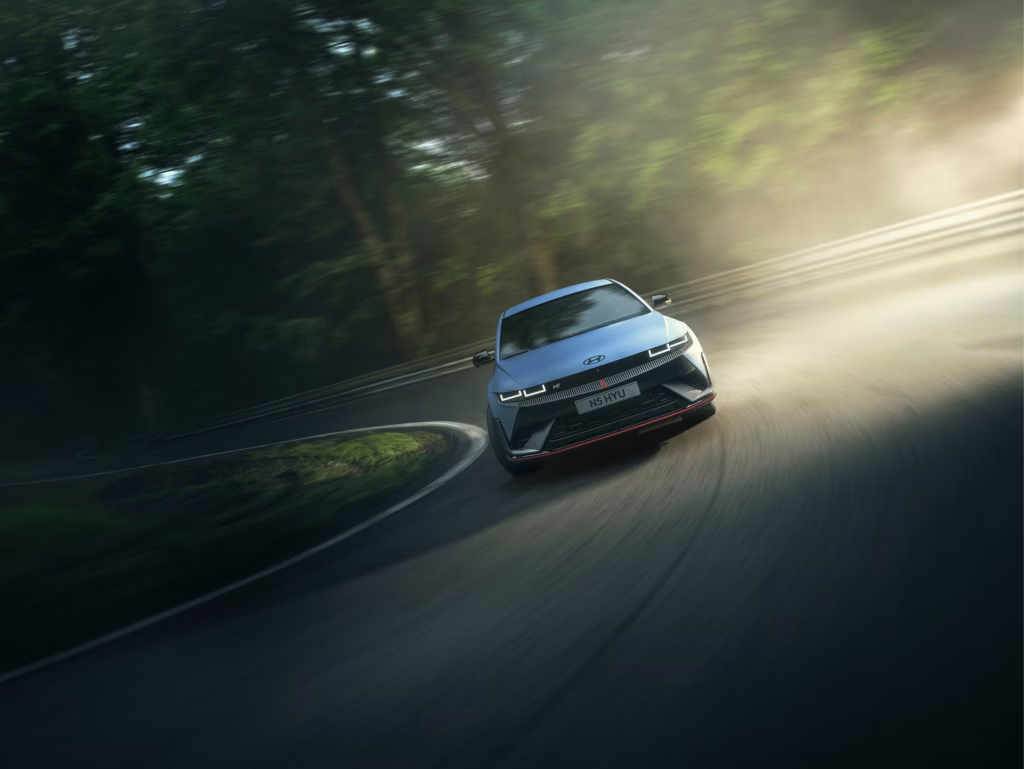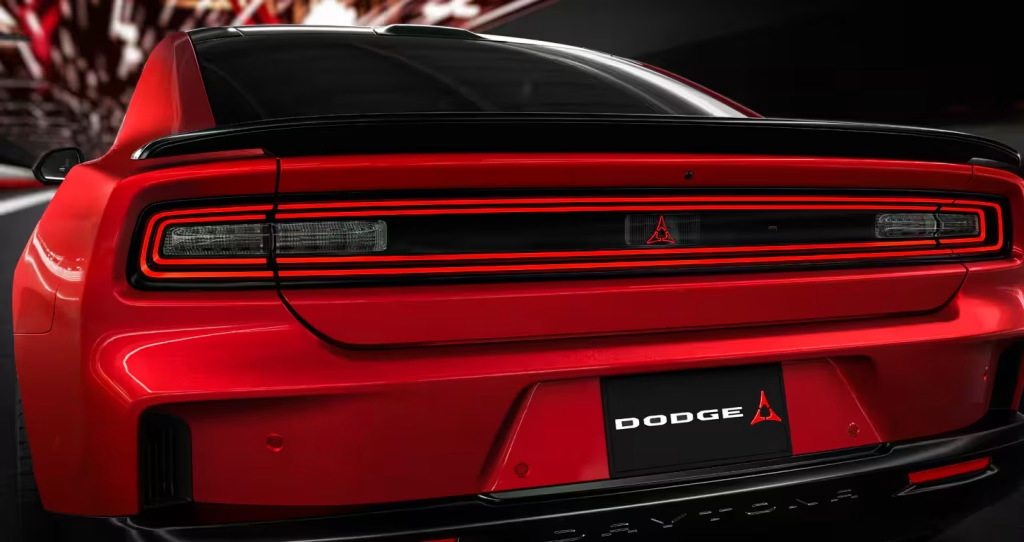Electric vehicles (EVs) are a common sight on the roads today, though they have little difference in appearance from conventional automobiles. However, what sets them apart from their combustion engine counterparts is the noises they make — or don’t.
By having an engine powered by electricity, EVs are almost silent, especially at lower speeds. As this new model of car – both fully electric and hybrid – became more popular and widespread, concerns were raised over the safety of pedestrians, both sighted and those with sight impairments, who might not hear a car approaching.
From the late 2000s into the early 2010s, governments and regulators began drawing up guidelines for what would become known as Acoustic Vehicle Alerting Systems (AVAS).
But it was not until recently that legislation and regulations came into full effect; in the US, all hybrids and electric vehicles travelling at less than 18.6mph (30km/h) had to include alert sounds by September 2020.
The UK’s Department for Transport (DfT) introduced a regulation on 1 July 2019 that “all manufacturers must install an acoustic sound system in new types of quiet electric and hybrid electric vehicles to improve road safety.”
This process is continuing in other parts of the world. After several years of lobbying by groups representing blind and low-vision people, a rule will be introduced in Australia next year to ensure all new electric, hybrid, and hydrogen fuel cell cars, trucks, and buses are fitted with an AVAS.
The Australian Design Rule (ADR) comes into effect in November 2025 and specifies that AVAS should activate when driving at or under 20km/h or, in the case of hybrids, the internal combustion engine is not being used.
Some manufacturers pre-empted the guidelines and legislation: Toyota launched a version of its Prius with a sound synthesiser in 2010; later the same year, General Motors introduced the Chevrolet Volt featuring the Pedestrian-Friendly Alert System; and the following year, Fisker Automotive produced a sound generator for its then-new Karma luxury hybrid. Hyundai developed its own alert device, the Virtual Engine Sound System (VESS), which was first featured on the Sonata Hybrid released in 2011.
Virtual sound systems
To show that this area of automotive technology is not standing still, earlier this year, Hyundai unveiled a new sound system that features on its IONIQ 5 N. The N Active Sound+ can be used both internally and externally, producing three different engine sounds.
The first two, Ignition and Evolution, are both high-performance car noises, while Supersonic, as the name suggests, takes its inspiration from jet planes and even includes a sonic boom.
Describing the company’s approach to developing sounds for its cars, Dr Dong Chul Park of Hyundai’s Sound Research Lab commented, “We utilise cutting-edge technologies like driving simulators and virtual reality to develop the latest innovations [sic]. We are deeply motivated to deliver a satisfying auditory experience for drivers worldwide.”

Hyundai IONIQ 5 N
In August, the Stellantis group demonstrated the final version of the Fratzonic Chambered Exhaust system for its Dodge Charger Daytona electric ‘muscle car’.
This is designed to recreate the rumble and high-octane noise of the original Dodge Charger. In a statement, a Chrysler/Dodge spokesperson said, “Distinctive vehicle sounds provide essential driver feedback, especially at the track and at elevated speeds, to enhance the immersive in-car feel.”

Dodge EV
Adding more sound and volume to EVs in the high-performance bracket can be seen as pleasing the petrol heads. The same might be thought to be true in electric motor racing, but Formula E is not attempting to recreate the roar of its Formula 1 equivalent, even though the races might sound strange to some fans.
“My generation grew up with combustion engines, so it sounds odd to us,” comments Eric Ernst, vice president of technology for Formula E.
“But for my kids, who are eight and ten, this is just how a car sounds, and they’re OK with it. Manufacturers are putting in audible hardware inside and outside their cars for safety reasons, but they can also put a signature on it. So, an electric Porsche will sound very different to an electric Jaguar.”
Each manufacturer has its own approach to sound, with some favouring bleeps, chimes and other noises that are more like something from a video game or science fiction film. In contrast, others have attempted to recreate engine noises.
Whatever the approach, road vehicles must comply with the rules or legislation in specific territories. Since 2021, EU countries have worked under the law stating that EVs should produce a continuous noise at a level of 56 dBA within two metres of the vehicle if it is travelling at or under 12mph (20km/h).
At higher speeds, the sound of a car’s tyres on the road is regarded as being loud enough to alert someone to its approach.
Electric-only car maker Rivian states that with the AVAS for its R1 model, the goal was to “create a sound that would safely let people know a Rivian was approaching yet wouldn’t disrupt the tranquillity of a remote forest road.”
The manufacturer worked with sound design company Audio UX to record natural sounds on location, specifically wind and water, to create what it describes as a “soothing sonic whirr”.
Even with this kind of effort being put into creating suitably loud and distinctive alert sounds, there is still the feeling that quiet vehicles do pose a safety risk to pedestrians, cyclists, the visually impaired, children and elderly people.
Renault’s Apache project measures road noise levels
Electric vehicles (EVs) may have reduced the sound of car engines. However, the high level of noise pollution generated by tyres on the road is still a critical concern, particularly in big cities. To better understand this problem, Renault has teamed up with environmental group Bruitparif to create the first map showing the acoustic condition of roads in Paris and its surrounding areas.
The two-year Apache (Appraisal of Pavement Acoustic Characteristics and Energy Efficiency) project involves 30 Renault Megane E-Tech EVs, each equipped with sensors and Apache boxes for recording and transmitting measurements. These will measure noise levels on the roads of the Ile-de-France region, with the resulting data being used by local authorities to make informed decisions about what road repairs are needed.
“This partnership with Bruitparif will provide invaluable assistance to towns and local authorities for which the road repair strategy is a major challenge and an important part of their budget,” explains Thomas Antoine, expert leader in noise and vibration at Renault Group. “Our Apache innovation shows that technology can actually help improve society.”
Universal sound
One problem, as highlighted by the UK’s Royal Society for the Prevention of Accidents (RoSPA), is that there are too many differing sounds made by several different vehicles.
“Educating the public about AVAS is essential to ensure all road users can recognise and respond to these safety signals,” comments Caitlin Taylor, road safety manager at RoSPA.
“We remain committed to supporting measures that enhance road safety and protect vulnerable individuals. RoSPA believes AVAS should be loud enough to be effective without contributing to noise pollution and that a standardised sound should be used across all vehicles to prevent confusion.”
The electric car has come a long way in a brief period. This also applies to the sound systems now included, as a matter of course, on EVs for both safety and the sheer enjoyment of driving. However, it seems there is still a long road ahead until everyone is completely satisfied with these new technologies.